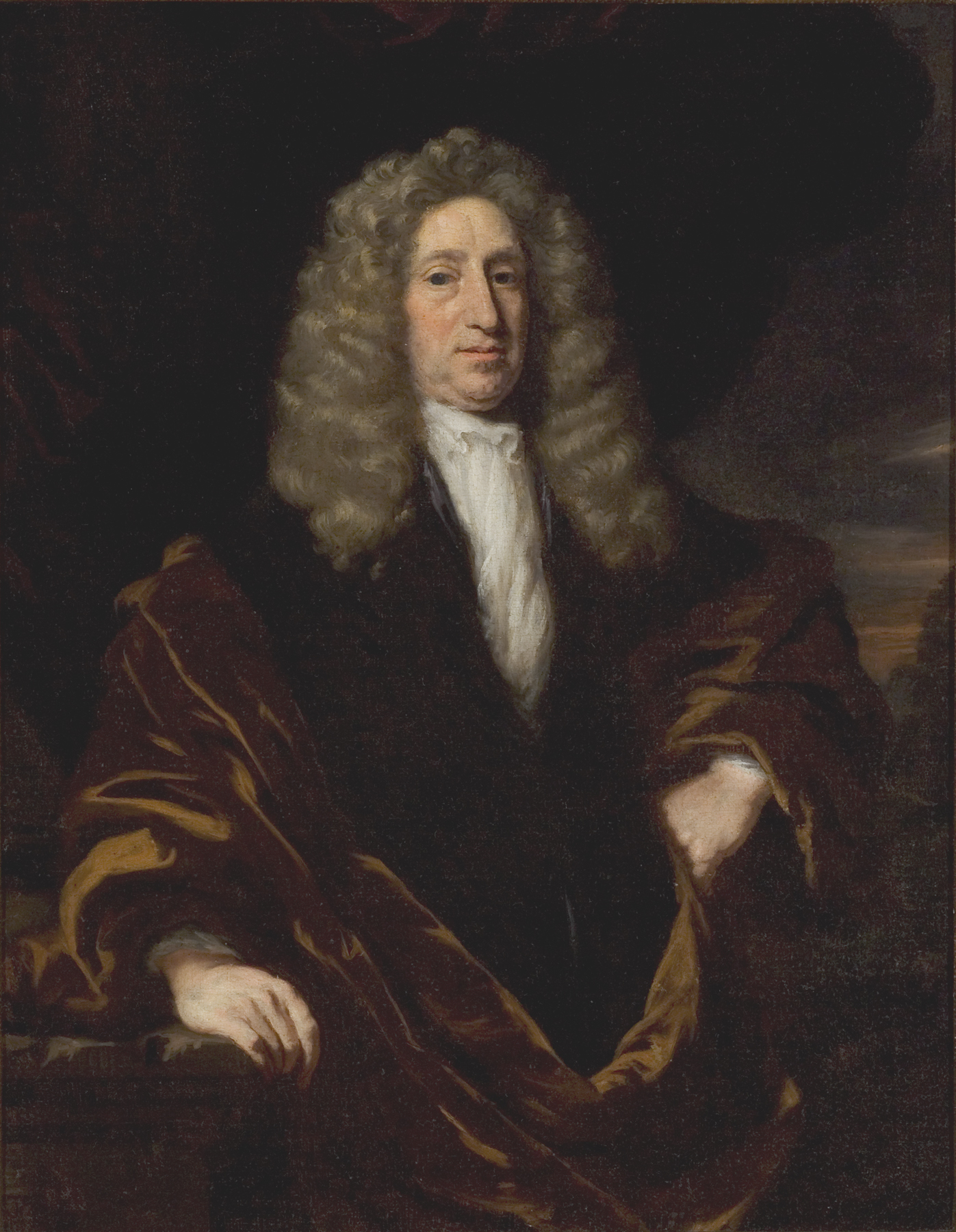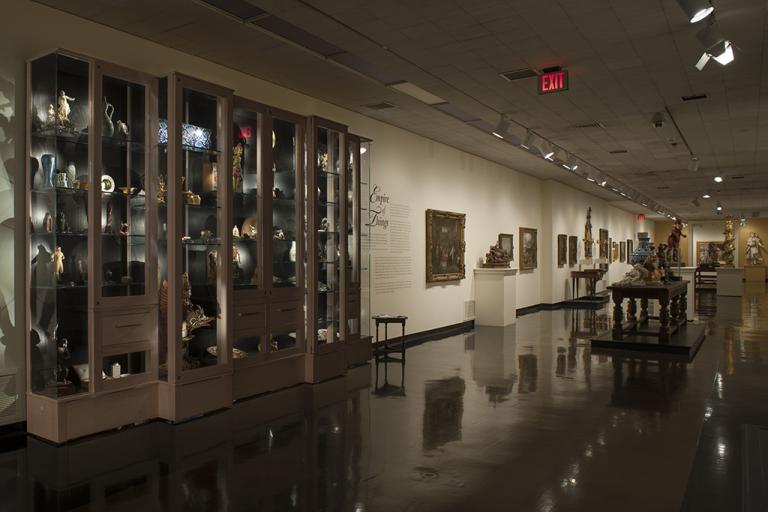Portrait of a Gentleman, Nicolaes Maes
Artwork Overview
Nicolaes Maes, artist
1634–1693
Portrait of a Gentleman,
circa 1670
Where object was made: Netherlands
Material/technique: oil; canvas
Dimensions:
Canvas/Support (Height x Width x Depth): 60.4 x 46.7 cm
Canvas/Support (Height x Width x Depth): 23 3/4 x 18 3/8 in
Canvas/Support (Height x Width x Depth): 60.4 x 46.7 cm
Canvas/Support (Height x Width x Depth): 23 3/4 x 18 3/8 in
Credit line: Gift from the Samuel H. Kress Study Collection
Accession number: 1960.0053
Not on display
If you wish to reproduce this image, please submit an image request





